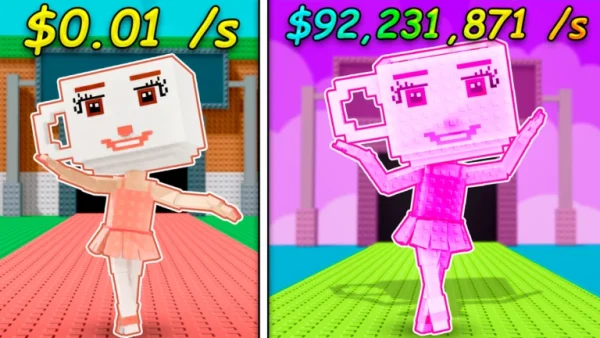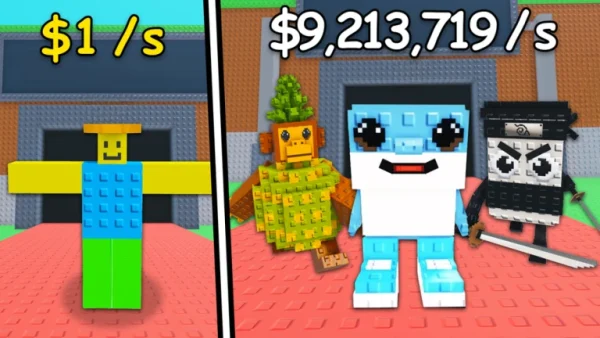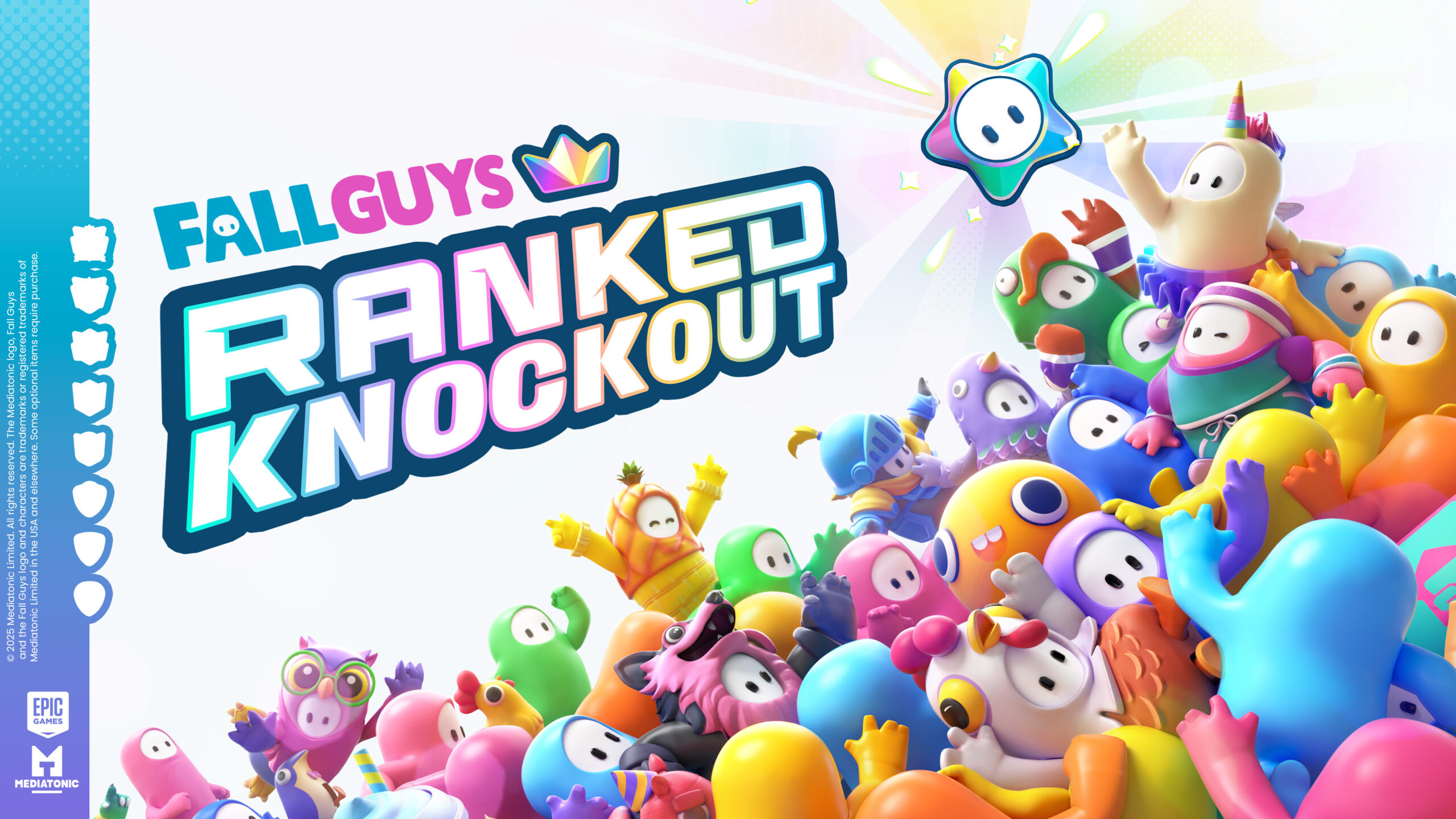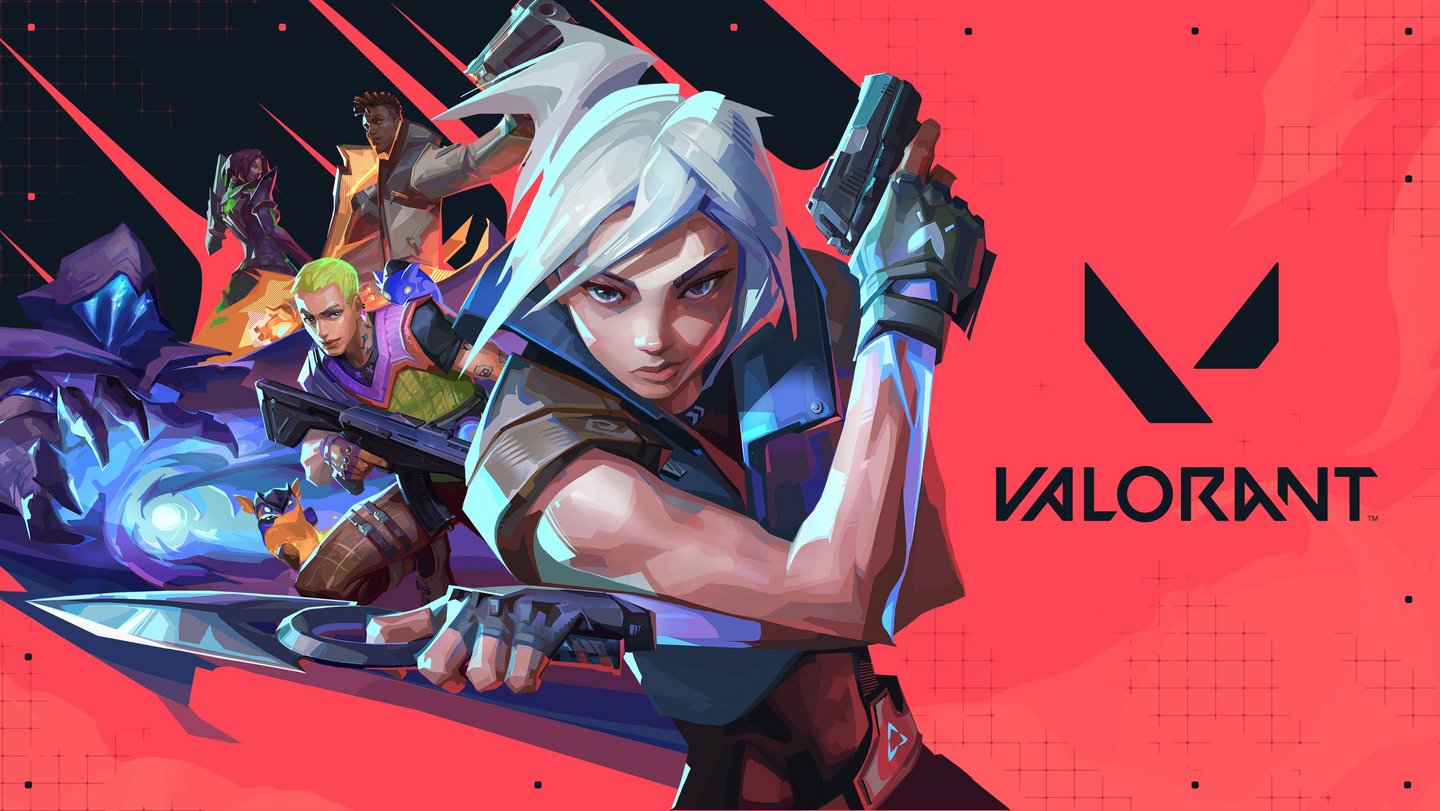Popular Now
Introduction
Roblox: Steal a Brainrot is a chaotic, fast-paced multiplayer game where players steal each other’s “brainrots” to gain power. These brainrots aren’t just for show—they grant players unique abilities, stats, and perks that define their playstyle and effectiveness. But as the game evolved, one critical issue has emerged that threatens its long-term balance: the rise of overpowered (OP) brains. These extremely strong brainrots dominate the game, break its mechanics, and create an unfair playing field, especially for newcomers. This article dives deep into the problem, exploring how OP brains distort gameplay, impact the community, and what changes might fix the imbalance.
1. The Rise of Power Creep
In most competitive games, "power creep" happens when newer abilities, items, or characters gradually become stronger than older ones. Steal a Brainrot is no exception. At launch, brains were fairly balanced, offering moderate power boosts with clear strengths and weaknesses.
But as new updates added more brainrots, their power levels skyrocketed. Brains like MetaMind Alpha, which once doubled regeneration speed, were soon outclassed by newer brains like Synapse Slayer and Quantum Cortex. These additions offered massive stat boosts and almost game-breaking abilities, making early brains obsolete.
This ongoing cycle of introducing more powerful brains to keep players engaged has created a power gap that grows wider with every patch.

2. Breaking Game Flow and Fairness
One of the main problems with OP brains is how they affect the game’s natural pacing and fairness. A well-balanced match should allow players to win using different strategies and brains, but OP brains often dominate regardless of skill.
For example, players using high-speed or teleport brains can escape nearly every fight. Others with extreme damage or health regeneration can tank multiple players at once. This breaks the game’s flow and turns competitive rounds into one-sided battles.
New players suffer the most. Without access to rare or premium brains, they often get wiped out within seconds. This leads to frustration and discourages long-term play.
3. The Role of In-Game Economy in Power Imbalance
The economy in Steal a Brainrot is closely tied to how players unlock brains. Many of the most powerful brains are only available through the game’s gacha system—randomized loot boxes that often require Robux, Roblox’s premium currency.
This creates a pay-to-win environment. Players who spend money have a much higher chance of unlocking OP brains, while free-to-play users must grind for weeks to even have a chance.
Brain tokens, which can be earned in-game, are slow to accumulate. Some players estimate it takes 30+ hours of consistent play to unlock one top-tier brain without paying. This model rewards paying users with power, creating an unfair gap.
4. Meta Saturation and Lack of Variety
OP brains don’t just unbalance power—they also make the game repetitive. Right now, the ranked and competitive modes are filled with players using the same few brain combinations.
Popular builds include things like Cortex Overdrive with Limb Leech, or NeuroBomb paired with Auto-Trigger Synapse. These combos offer burst damage, invincibility windows, or spam abilities that shut down weaker setups.
As a result, the game’s strategy diversity suffers. Players feel pressured to copy the meta or get stomped, which stifles creativity and experimentation.

5. Developer Responses and Patch Limitations
To their credit, the developers of Steal a Brainrot have tried to address balance issues through patches and nerfs. However, many of these changes are small tweaks that don’t fix the underlying problem.
For example, in Patch 2.1.7, Quantum Cortex’s cooldown was increased, but its core ultimate ability—massive AoE brain drain—remained untouched. As a result, it’s still a dominant pick in ranked games.
Players have voiced their concerns across Discord and Reddit, calling for full reworks or hard caps on certain stats. Yet responses are often delayed or too light to shift the meta. Without deeper structural changes, these patches are just temporary band-aids.
6. Player Frustration and Toxic Behavior
When games are unbalanced, they tend to create toxic environments. In Steal a Brainrot, this is most noticeable when players using fair or starter builds are constantly demolished by OP brain users.
The result? Tilt—players get frustrated, start performing worse, and often rage quit matches. Some even lash out in chat, leading to toxic behavior.
High-tier players sometimes mock or trash-talk low-tier users, especially in public lobbies. This toxic atmosphere discourages new players and hurts the game’s community reputation.
7. The Decline of Support Brains
Support brains were initially introduced to encourage teamwork and variety. They offer skills like healing, shielding, or vision boosts that help allies.
But in today’s OP brain-dominated meta, support builds have fallen out of favor. Healing can’t keep up with the burst damage from aggressive builds, and supports usually have no escape options. They become easy targets.
As a result, few players choose support brains anymore. Teams often stack full offense builds, making the game more about individual power than strategy or cooperation.

8. Map Design Is No Longer a Counter
Steal a Brainrot’s maps are well-designed, featuring traps, verticality, and hazards meant to encourage creative play. But when OP brains enter the match, even the best maps can’t save you.
Teleportation or speed-focused brains can easily bypass traps, scale walls, or cross large gaps. Some even ignore terrain altogether, rendering clever positioning useless.
This undermines the effort developers put into map balance. The environment loses its strategic value when raw brain stats override level design.
9. Community-Led Balancing Efforts
In response to the lack of official balancing, many players have taken things into their own hands. Veteran users frequently post tier lists that rate brains based on fairness, usefulness, and counterplay options.
Private servers and community-run tournaments often ban the most OP brains entirely. These “No-OP” events are widely praised for bringing back skill-based gameplay.
Some streamers and content creators also promote off-meta builds, encouraging creativity. However, without official support, these efforts remain niche and can’t shift the broader meta on their own.
10. What Needs to Change
For Steal a Brainrot to regain balance and long-term appeal, several things need to change. First, the developers must commit to deep rebalancing of brains—not just small cooldown tweaks, but real stat and mechanic overhauls.
Here are key suggestions to consider:
-
Introduce a “Brain Rating” system that matches players based on brain power, not just win/loss stats.
-
Create more tools for counterplay—abilities that silence, disarm, or suppress OP brains.
-
Improve free-to-play access to strong brains through weekly challenges, trade-ins, or rotating free trials.
-
Buff underused brains to revive variety, especially supports and utility types.
The game needs to shift away from power escalation and back toward balanced competition. That means valuing strategic depth, not just raw numbers.
Conclusion
Roblox: Steal a Brainrot is one of the most creative and hilarious games on the platform, but its long-term health is being threatened by the dominance of overpowered brains. These powerful builds break pacing, shut down variety, and push new players away. While the developers have tried to fix things through small patches, the deeper issues remain.
To truly balance the game, the system behind brains—how they’re earned, scaled, and countered—needs to be reimagined. Players deserve a meta where creativity is rewarded, not punished, and where free users can compete on even ground. If these changes come soon, Steal a Brainrot can evolve from a fun novelty into one of Roblox’s most competitive and respected multiplayer titles.
















